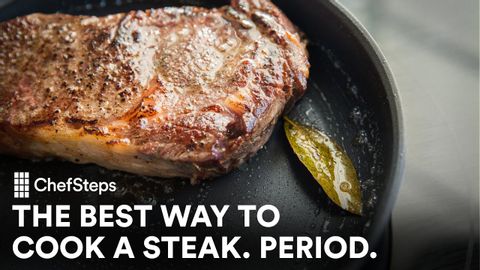
Subtitles & vocabulary
The Best Way to Cook a Steak. Period.
00
amber posted on 2016/05/25Save
Video vocabulary
bit
US /bɪt/
・
UK /bɪt/
- Noun
- Device put in a horse's mouth to control it
- Small piece of something
- Intransitive Verb
- (E.g. of fish) to take bait and be caught
A1
More flip
US /flɪp/
・
UK /flɪp/
- Verb (Transitive/Intransitive)
- To turn your body in the air, as in gymnastics
- To move into a different position quickly
- Noun
- Act of turning your body in the air; somersault
- Movement of something from one position to another
B2
More hit
US /hɪt/
・
UK /hɪt/
- Transitive Verb
- To have a negative impact on a person/place/thing
- To press something, such as a button or switch
- Noun
- A planned killing, usually for money
- Song, movie etc. that is successful
A1TOEIC
More control
US /kənˈtrol/
・
UK /kən'trəʊl/
- Noun
- A device designed to operate a machine
- Participant in experiment that is left untouched
- Transitive Verb
- To direct or influence the behavior of something
- To have power over; to manage or regulate.
A1
More Use Energy
Unlock All Vocabulary
Unlock pronunciation, explanations, and filters
